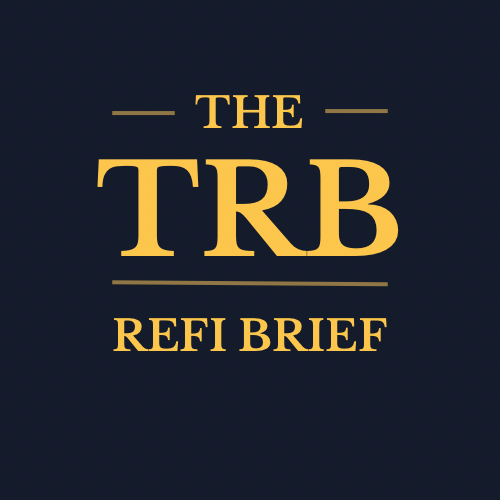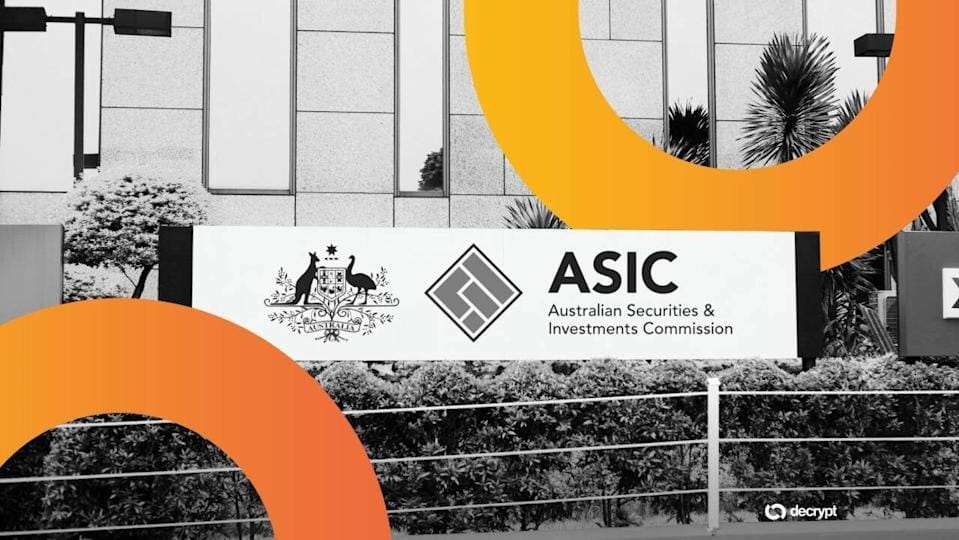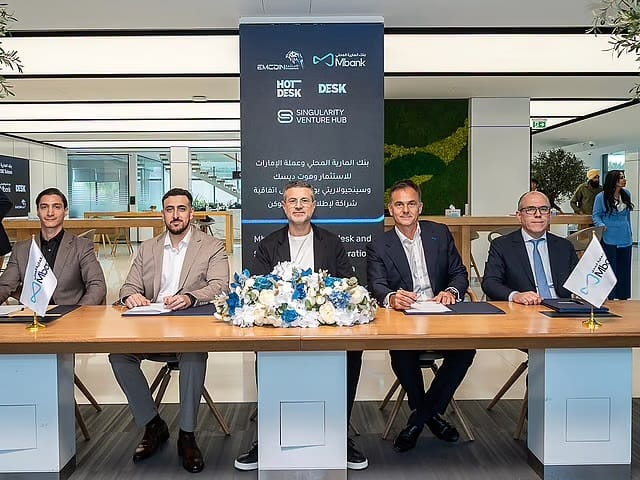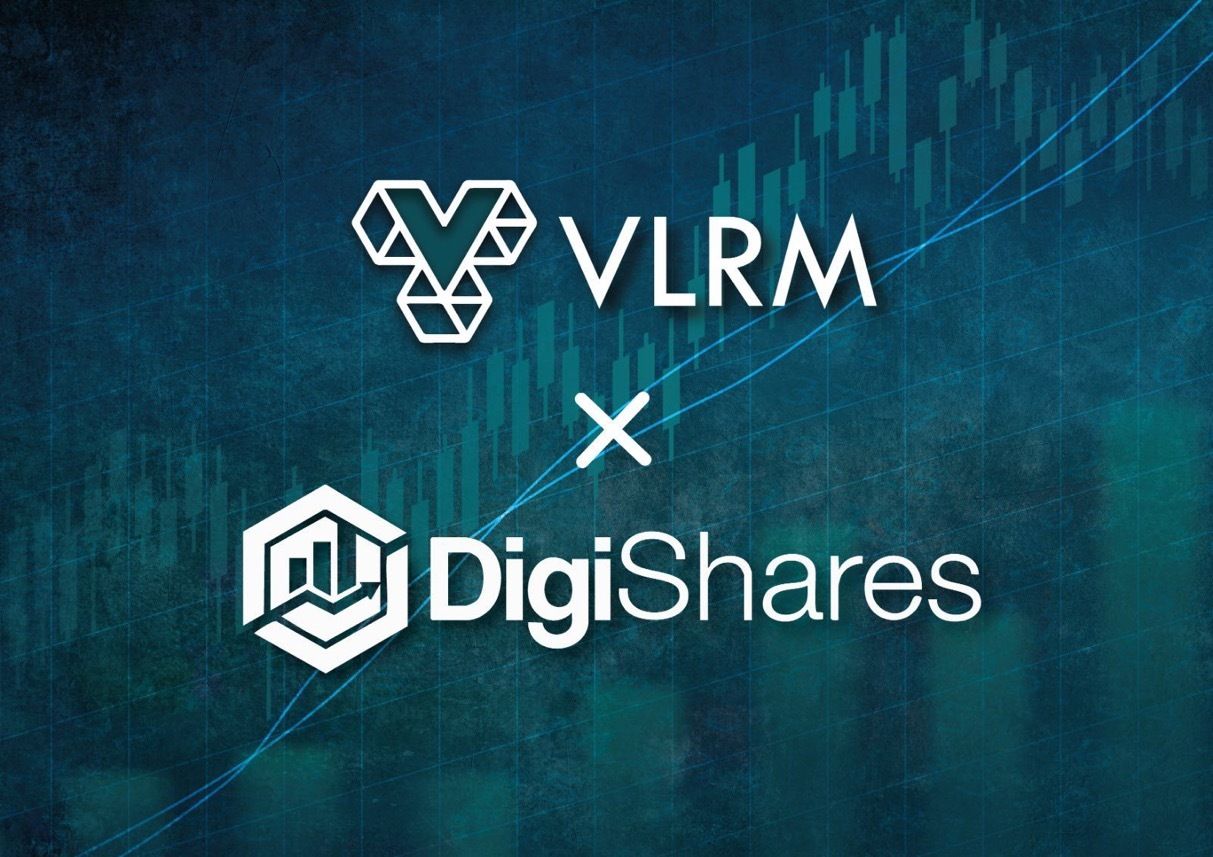
Hello. It’s The ReFi Brief. Tokenized real estate news explained in simple terms, so anyone can understand and explore how digital property ownership works and why it matters.
In this week’s ReFi Brief:
ERC-3643 enters European Real Estate
ASIC warns: Move on Tokenization Now
UAE test Hybrid Office-Yield Token
El Salvador approves regulated RWA platform
Compliance is starting to live inside the asset instead of around it. That makes ownership and transfers feel closer to account-to-account movement than a property transaction.
THE BIG READ
€210M In Property Tokens Now Self-Enforce Compliance - What That Changes For You
BrickMark X is now using ERC-3643 to embed compliance at the token level so tokens can transfer 24-7, peer-to-peer, cross-region, and even be used as collateral.
What does this even mean?
What happens when compliance sits inside the token instead of the platform?
Okay 2 quick questions there.
How about we start off with what happened?
On November 11 2025, BrickMark X and Tokeny announced a strategic partnership to broaden tokenized real estate access using the ERC-3643 standard for built-in compliance and interoperability.
Initially the focus in on Switzerland and the EU with plans for the Americas and Middle East.
BrickMark already has €210 million tokenized, $2.6 billion in pipeline, and 45,000 verified investors.
Tokeny, under Apex Group, supplies ERC-3643, the standard that hard-codes KYC, AML, and transfer permissions inside each token rather than inside the platform that hosts it.
Now all this sounds a bit too technical for us “normies”, so I’l go back to those 2 questions to simplify it all:
First, what does this even mean?
When we talk about real-estate tokenization via bloackchain, the “token” normally waits for a platform to check every transfer: who’s sending, who’s receiving, whether the transfer is allowed, whether the region is permitted, whether the investor meets the rules.
That process kinda “slows” everything down.
ERC-3643 moves that logic inside the token. The token runs the check itself.

If both wallets match the rule set, it clears. If not, it blocks. Think of it as the asset enforcing its own conditions without waiting for a back-office team.
I wrote about ERC-3643 in a previous article that you can read here for more understanding.
Second, what happens when compliance sits inside the token instead of the platform?
Four things happen.
Continuous onboarding
Once your wallet is verified, the token recognises it at all hours. BrickMark calls this “24-7 onboarding.” No repeated checks. No ticketing. The token already knows who you are.
Permissioned peer-to-peer transfers
Two verified investors can now trade directly because the eligibility check happens inside the token. This is the “peer-to-peer transferability between qualified investors” BrickMark and Tokeny are referring to.
No notary. No escrow. No waiting for business hours.
Cross-region distribution
BrickMark starts in Europe and moves next into the Americas and the Middle East. That expansion only works because the issuer can configure jurisdictional rules per token.
The asset adapts without rebuilding the entire compliance stack for each region.
Collateralisation
Tokeny states ERC-3643 tokens can be used as collateral once whitelisted by DeFi protocols. The protocol can verify ownership and eligibility on-chain.
A property token can become a credit-bearing asset in an external system.
So what does this change for a tokenized property stake?
The building underneath stays the same. The economics stay the same: yield plus appreciation. What changes is how the digital wrapper behaves.
A token that performs its own compliance stops acting like a static entry locked inside one venue.
It can move across verified wallets. It can move across regions. It can enter lending markets. It can circulate without restarting KYC and legal checks every time it changes hands.
That is a different category of real-estate exposure.
Will this live up to promise?
This announcement confirms the platform now delivers an “e-commerce-like” investment experience because the compliance checks no longer sit behind forms, brokers, and settlement desks.
BrickMark cites 24-7 onboarding, peer-to-peer transfers, and cross-platform utility as live behaviours, not future features.
Apex will provide the custody and administration layer that institutions require before touching a tokenized asset.
The scale of the players involved is real: €210 million processed, $2.6 billion preparing to enter the same compliance-embedded system.

Enjoy the weekend
TM

Coffee Chat
How does tokenization make real estate accessible to everyday investors?
Think of a building that would normally require tens or hundreds of thousands to buy into. Tokenization places that property into a legal wrapper, like an SPV or LLC, then issues digital tokens that each represent a small slice of the asset or its income.
Instead of needing a huge deposit, you buy a few tokens for €100 or €500 each through a regulated platform that handles KYC and payments. Your ownership is recorded on a blockchain, not in a stack of paper contracts.
When you want out, you sell your tokens to other approved investors on the same platform or a linked marketplace. The property itself never moves, but the economic rights travel in small, tradable pieces that fit a normal saver’s budget.
THE WEEK IN BRIEF

Image Source: Yahoo Finance
The Brief: ASIC Chair Joe Longo told Australia’s National Press Club that the country risks becoming “the land of missed opportunity” if it delays action on tokenized assets. His speech pointed to global moves by JPMorgan, Nasdaq, and Switzerland as evidence that markets are already shifting. He framed tokenization as a competitiveness issue, not an abstract trend.
The Details:
Longo cites JPMorgan’s plan to tokenize $730b in money-market funds. That sets a benchmark Australia can’t ignore.
Nasdaq and DTCC preparing tokenized trading rails. This shows market structure will widen beyond legacy settlement.
ASIC is reopening its Innovation Hub. The regulator wants fintechs to engage early rather than waiting for perfect rules.
Australia’s $4.3t superannuation system seen as a use case. Tokenization could open private-market access to ordinary savers.
Longo warns talent and capital will leave if rules stall. Regulatory drag becomes an economic risk.
What This Means: Regulators now see tokenization as market infrastructure, not a niche. This call emphasizes the need for policy action to maintain competitiveness, directly impacting compliance frameworks and access for tokenized real-world assets

Image Source: Gulf News
The Brief: DESK Token is a proposed hybrid security-and-utility token backed by Grade A office assets and Hotdesk’s coworking network. Launch depends on SCA approval, with a target of Q2 2026. The model offers yield plus office-use rights, creating a dual-demand token.
The Details:
Backers include Hotdesk, Mbank, EmCoin, and Singularity. The mix blends real estate, banking, licensing, and tokenomics.
Minimum entry is $1. This pulls the office market into micro-investment territory.
Yield comes from rental income and coworking profits. Payouts expected in cash or stablecoin.
DESK doubles as a payment method for 2,300+ workspaces. Utility demand could stabilize price.
Approval is pending. Regulatory classification of a hybrid model is the main uncertainty.
What This Means: If successful, DESK could set a template for dual-purpose tokens that align investor returns with product usage, potentially deepening engagement and liquidity in real estate markets.

Image Source: Valereum X
The Brief: Valereum’s subsidiary VLRM Markets has secured CNAD authorization to run a regulated tokenization platform using DigiShares’ infrastructure. The platform will support tokenized real estate and other RWAs across Latin America. Go-live is expected within weeks.
The Details:
CNAD authorization confirms full regulatory approval. This is one of the first operational RWA regimes in the Americas.
DigiShares provides built-in KYC/AML, cap-table management, and P2P secondary trading. Compliance is embedded at system level.
Platform targets real estate, infrastructure, IP, sports, and ESG assets. The scope extends beyond property.
Valereum hints at future UAE expansion. Shared tech standards could link LatAm and MENA markets.
P2P secondary trading runs inside the regulated perimeter. This enables liquidity without a public-exchange listing.
What This Means: The approval and upcoming launch (expected this month) signal growing official support for tokenized real estate marketplaces, showing that digital asset regulators are green-lighting platforms that can make property investment more efficient and globally accessible.
BRIEF X SIGNALS
🔗 @ChainwirePR Fractional Syndication launches “The Investors Pool” platform for real estate tokenization, enabling U.S. and global users to buy, sell, or trade fractional property tokens under Reg D and S exemptions.
🔗 @CryptoEconomyEN BrickMark X and Tokeny broaden global access to real estate through tokenized property assets, leveraging ERC-3643 for compliant fractional shares in projects worth billions.
🔗 @samxonite Renta Network advances tokenized real estate with PropertyNFTs and on-chain rental verification, turning static assets into dynamic ones with real-time yield tracking and ownership updates.
🔗 @DefiSteve0 Tokinvest partners with $2B API Global to tokenize institutional-grade properties for fractional access, projecting $4T in tokenized real estate by 2035 per Deloitte.
^
See you in the next brief,
Tatenda
